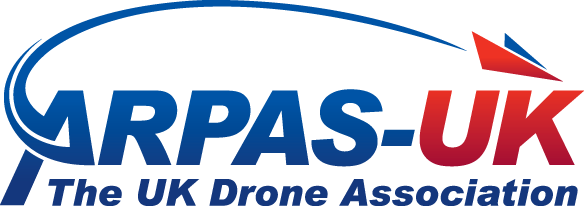The Dutch Association of Certified RPAS Operators (DCRO) conducted an industry study to challenge the assumptions in the Specific Operations Risk Assessment (SORA) 2.5 framework regarding the probability of a UAS flyaway. Based on real-world data, DCRO argues that the risk of a flyaway is significantly lower than currently estimated by regulators.
- Current Assumptions Are Overestimated:
- SORA 2.5 assumes that a UAS will leave its operational volume once in 1,000 flight hours and experience a flyaway once in 10,000 flight hours.
- DCRO’s data suggests the actual probability is 100 times lower, with a UAS leaving its operational area around 1 in 100,000 flight hours and a flyaway occurring in 1 in 1,000,000 flight hours.
- Data Sources & Methodology:
- Data was collected from 37 DCRO member companies, four major foreign operators, and DJI (for enterprise models).
- The dataset spans from 2011 to 2023, covering 1.4 million flight hours.
- Only one confirmed flyaway was recorded in the dataset, equating to a probability of 1.41e-6.
- DJI provided model-specific data, confirming an average probability of 1.75e-5 for a UAS leaving its operational volume.
- Professional Operators vs. Hobbyists:
- The study focuses on professional drone operators who follow strict operational procedures and maintenance protocols.
- The findings do not apply to recreational or non-certified operators, where the probability of incidents is likely higher.
Regulatory Concerns
- Overly Conservative Containment Measures:
- The ground risk buffer under SORA 2.5 is considered excessive for professional operators.
- Flight Termination Systems (FTS), often required for containment, may increase safety risks due to malfunctions, potentially leading to uncontrolled crashes.
- Lack of Industry-Wide Data Collection:
- Currently, no European regulatory authority systematically collects UAS safety data.
- DCRO calls for mandatory, standardized data collection across EU member states.
Recommendations
- Improve Data Collection:
- EASA and national CAAs should establish uniform reporting standards for UAS incidents.
- Data should include not only flyaways but also crashes, technical failures, and human errors.
- Adjust Containment Requirements:
- Given the extremely low probability of a flyaway, the current SORA containment framework should be revised.
- Flight Termination Systems should not be mandated for professional operators in the Specific Category.
Conclusion
The probability of a UAS flyaway is significantly lower than what regulators assume. The current SORA 2.5 containment rules create unnecessary burdens for professional operators without a corresponding safety benefit. DCRO urges regulatory changes to align risk assessments with real-world data.
Read other Drones & Industry Reports
6 January 2025

